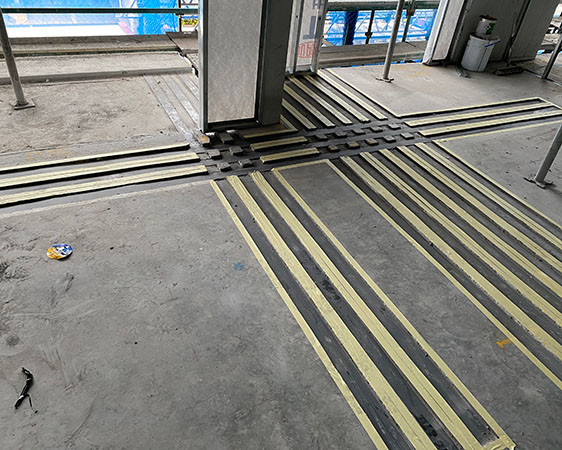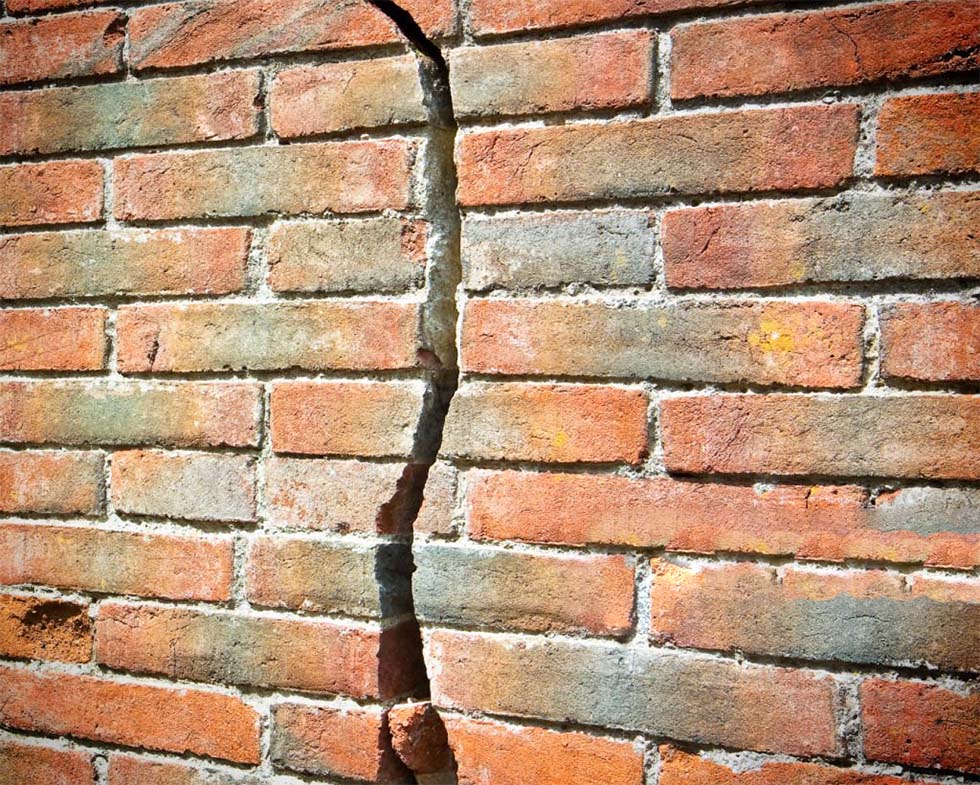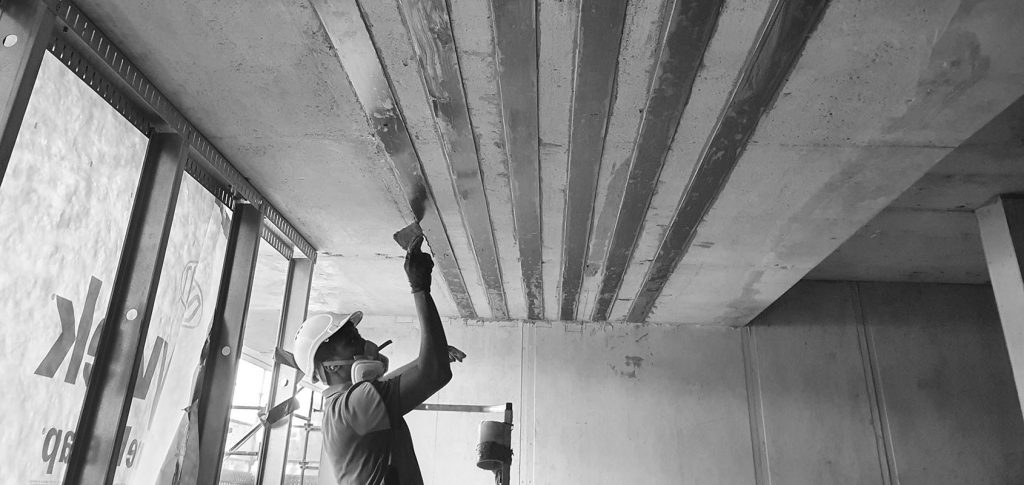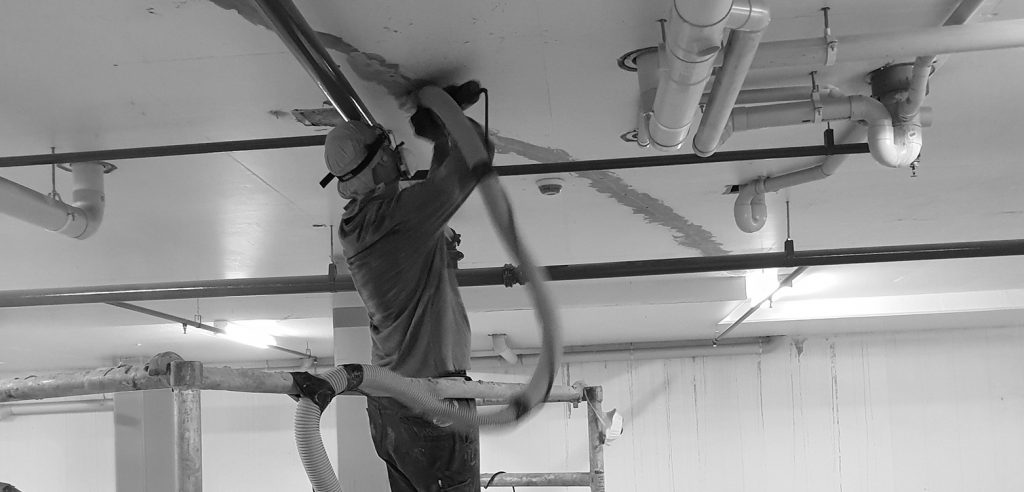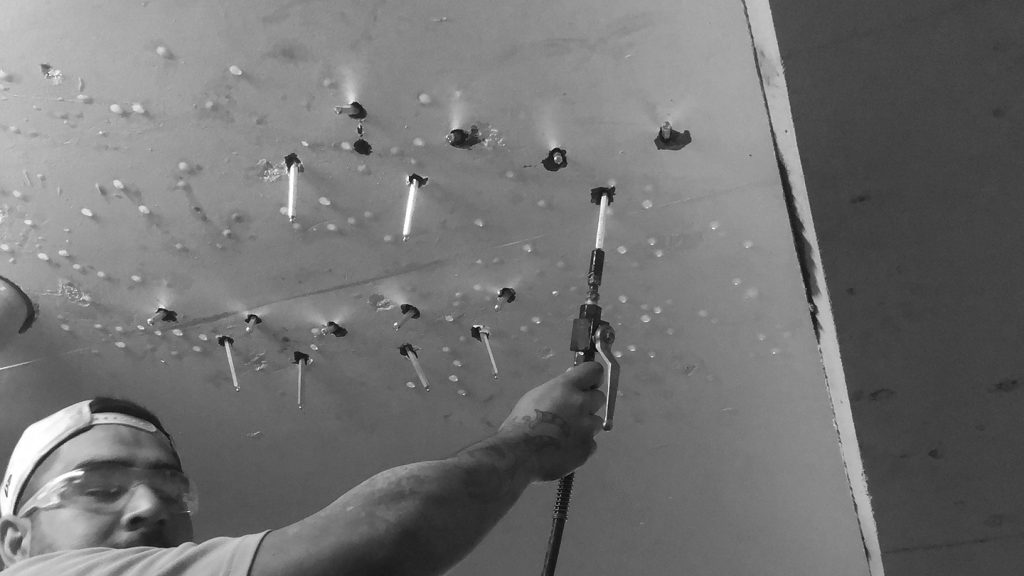Crack Injection for Concrete Repair: Comparing Epoxy and Polyurethane in Sydney, Australia
Concrete is an incredibly strong and durable material, but it is not invincible. Over time, concrete can crack and develop various structural problems that require immediate attention. One of the most effective solutions for repairing concrete cracks is through crack injection. This process involves injecting a specially formulated material into the crack to fill it and restore the concrete’s structural integrity.
When it comes to crack injection, two popular materials are epoxy and polyurethane. Both of these materials have their advantages and disadvantages, and choosing the right one depends on various factors. In this blog post, we will compare the two options and help you decide which one is the better option for your concrete repair needs in Sydney, Australia.
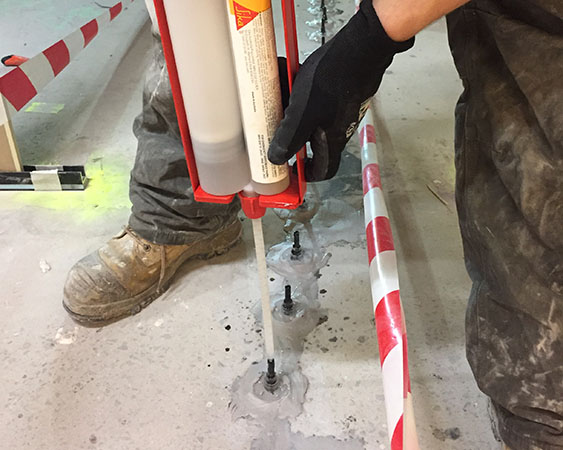
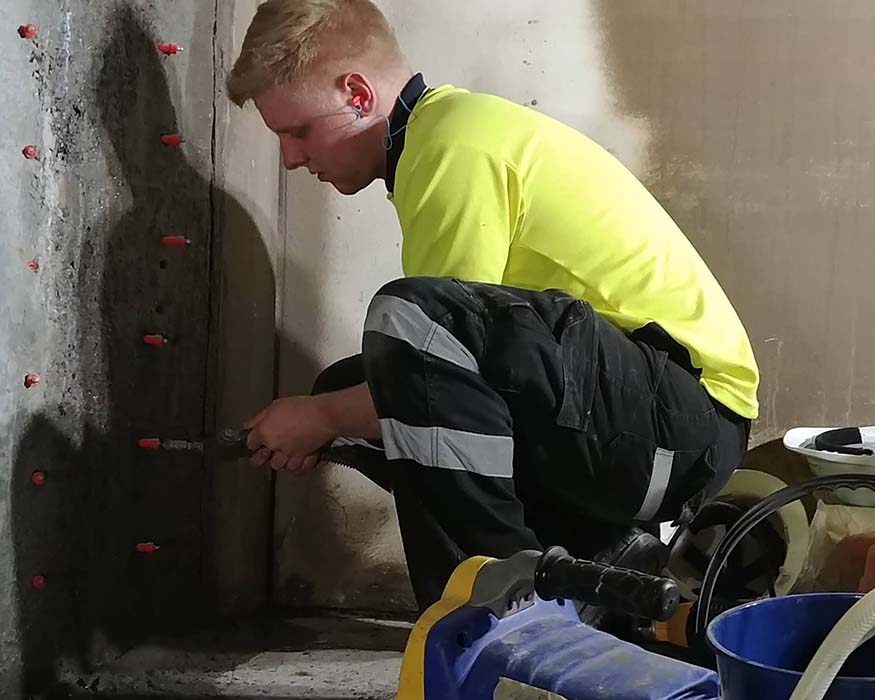
Epoxy Crack Injection
Epoxy crack injection is a process that involves injecting a two-part epoxy resin into the crack to fill it and restore the concrete’s strength. The two parts of the epoxy resin are mixed together before being injected into the crack using a low-pressure injection system. The epoxy resin then cures and hardens, filling the crack and creating a strong bond with the surrounding concrete.
One of the biggest advantages of epoxy crack injection is its strength. Epoxy is an incredibly strong material that can withstand heavy loads and resist cracking, making it an ideal choice for high-stress areas. Additionally, epoxy is highly adhesive, which means it forms a strong bond with the surrounding concrete, preventing the crack from re-opening over time.
Epoxy crack injection is also very versatile and can be used to repair a wide range of concrete cracks, including both structural and non-structural cracks. Epoxy can also be used to fill cracks in both horizontal and vertical surfaces, making it a popular choice for concrete repairs in Sydney.
Polyurethane Crack Injection
Polyurethane crack injection is another popular option for repairing concrete cracks. Like epoxy, polyurethane is injected into the crack to fill it and restore the concrete’s strength. However, the process of injecting polyurethane is slightly different. Instead of using a two-part mixture, polyurethane is a single-component material that reacts with water to expand and fill the crack.
One of the biggest advantages of polyurethane is its flexibility. Polyurethane is a highly flexible material that can withstand movement and expansion in the concrete, making it an ideal choice for repairing cracks that are still active or likely to move over time. Additionally, polyurethane is very resistant to water and can be used to seal cracks in areas that are exposed to moisture or leaks, such as basements or swimming pools.
Another advantage of polyurethane is its ease of use. Polyurethane can be injected at a higher pressure than epoxy, which means it can fill the crack and any voids more quickly and effectively. Additionally, polyurethane is a self-leveling material, which means it can flow into tight spaces and create a complete seal without the need for additional tools or equipment.
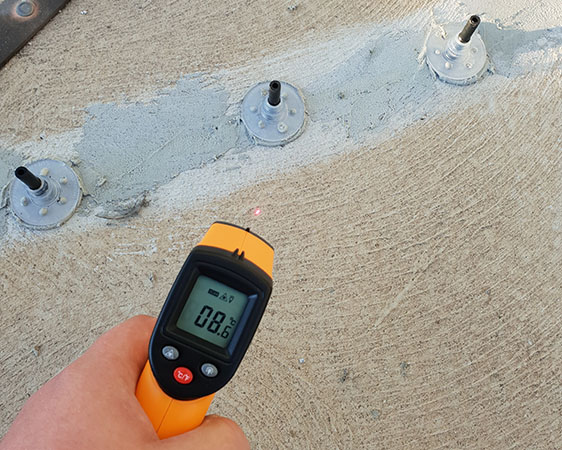
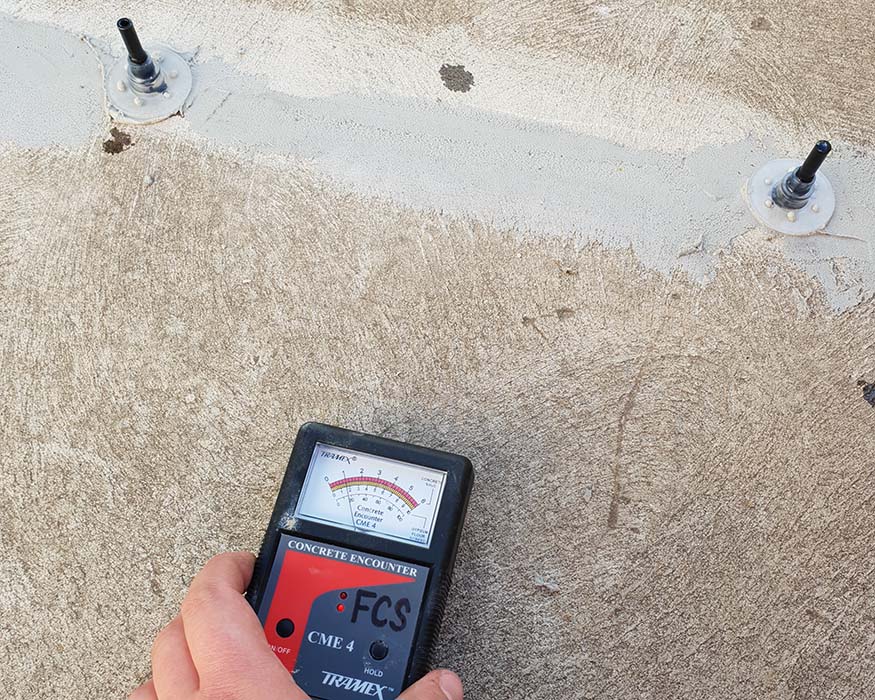
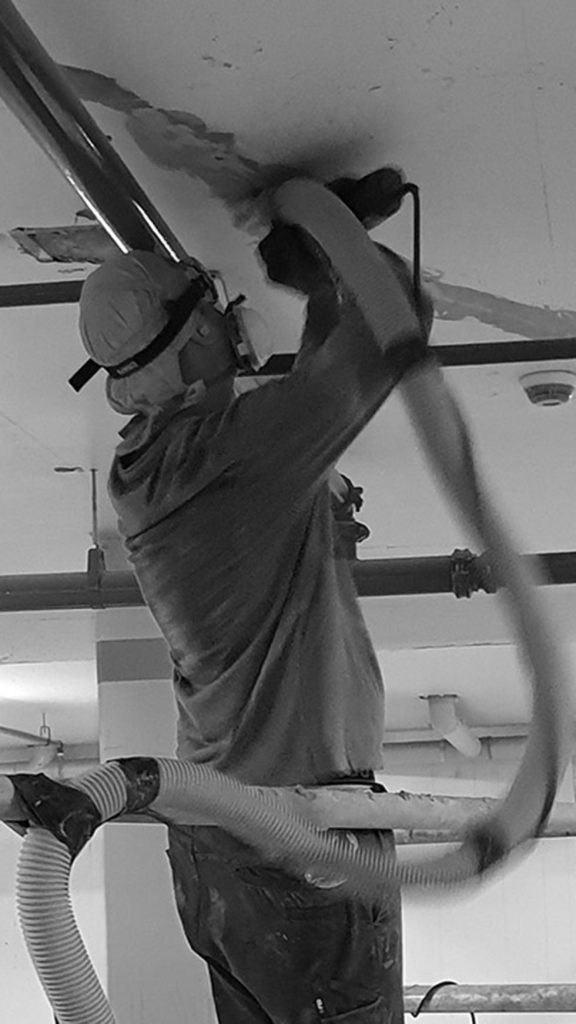
Which is the Better Option?
Choosing between epoxy and polyurethane depends on various factors, including the type of crack, the location of the crack, and the desired outcome of the repair. In general, epoxy is a better option for structural cracks that require maximum strength and durability. Epoxy can also be used to repair cracks in areas that are exposed to heavy loads, such as driveways or industrial floors.
On the other hand, polyurethane is a better option for non-structural cracks that require flexibility and movement. Polyurethane can also be used to seal cracks in areas that are exposed to moisture or other environmental factors, such as basements or swimming pools.
If you’re unsure which repair method is the best option for your concrete crack repair needs in Sydney, don’t hesitate to contact us at FCS Concrete. Our experienced team can help assess the type and location of your concrete crack, and recommend the best repair method to ensure a long-lasting and effective repair. Contact us today to learn more about how we can help you with your concrete repairs in Sydney.



